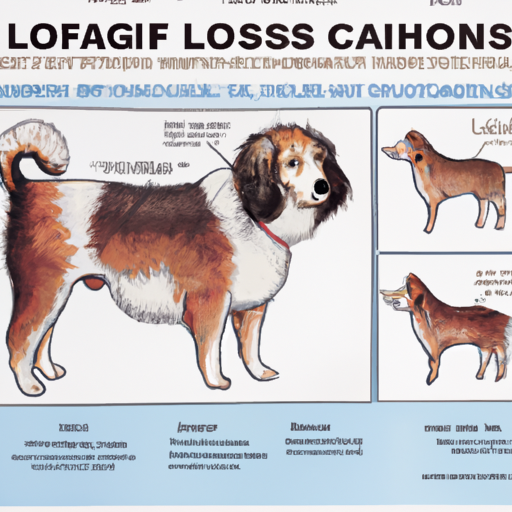As a dog owner, you’ve probably experienced moments when you’ve found clumps of your pet’s hair all around your house. While shedding is fairly common and usually harmless, excessive hair loss in dogs can be a sign of underlying health issues. So, what causes hair loss in dogs? This comprehensive guide will help you understand the causes, symptoms, and possible treatments for hair loss in your furry friend.
Table of Contents
- Common Causes of Hair Loss in Dogs
- Symptoms of Hair Loss
- When to Seek Medical Attention
- Diagnosis and Treatment Options
- Prevention and Management
- Frequently Asked Questions
Key Takeaways
- Hair loss in dogs can be due to a variety of factors, including allergies, infections, hormonal imbalances, and stress.
- Regular grooming and vet check-ups can help identify and address hair loss early.
- Depending on the cause, treatment may involve dietary changes, medication, or therapeutic shampoos.
Common Causes of Hair Loss in Dogs
Hair loss, or alopecia, in dogs can occur for a number of reasons:
-
Allergies – Dogs, like humans, can be allergic to certain foods, substances, or environmental factors. These allergies can cause skin irritation and hair loss. For example, a diet that lacks essential nutrients can lead to poor coat health and hair loss. Learn more about dog allergies at the American Kennel Club.
-
Parasites – External parasites like fleas, mites, or ticks can cause intense itching and lead to hair loss. Mange, caused by mites, is a common condition in dogs that can cause bald patches.
-
Hormonal Imbalances – Conditions such as hypothyroidism or Cushing’s disease can cause hair loss. These conditions affect your dog’s hormone production, leading to symptoms like thinning hair or bald patches.
-
Infections – Bacterial or fungal infections can lead to hair loss. Ringworm, a type of fungal infection, is known for causing circular bald spots.
-
Stress or Anxiety – Much like in humans, prolonged stress or anxiety can result in hair loss in dogs.
Symptoms of Hair Loss
Hair loss in dogs can manifest in different ways. You might notice:
- Bald patches or thinning hair
- Redness, rash, or irritation on the skin
- Constant scratching or licking of certain areas
- Changes in behavior, such as increased aggression or lethargy
When to Seek Medical Attention
If your dog’s hair loss is accompanied by other symptoms like redness, sores, changes in appetite or behavior, it’s time to seek medical attention. Early diagnosis and treatment can prevent further complications.
Diagnosis and Treatment Options
Diagnosing hair loss in dogs typically involves a physical examination, a review of your dog’s medical history, and possibly skin tests. Treatment depends on the underlying cause. For allergies, a change in diet or environment may be necessary. For infections, your vet may prescribe antibiotics or antifungal medications. Hormonal imbalances may require medication and ongoing management. Check out OneTopDog, a resource for various dog health issues.
Prevention and Management
Preventing hair loss in dogs involves regular grooming and health check-ups. Regular grooming helps you spot any changes in your dog’s coat or skin early. Regular check-ups allow for early detection and treatment of any potential health issues. Read here for some handy grooming tips.
Frequently Asked Questions
-
Can hair loss in dogs be a sign of serious illness?
Yes, in some cases, hair loss can indicate a serious underlying condition like hormonal imbalances or infections. -
Can diet affect my dog’s hair health?
Absolutely. A balanced diet rich in essential nutrients is crucial for maintaining a healthy coat and skin. -
Is hair loss in dogs always a cause for concern?
Not always. Some breeds naturally shed more than others. However, if your dog’s hair loss is accompanied by other symptoms, it’s essential to consult with a vet.
In conclusion, understanding the various causes of hair loss in dogs is the first step in ensuring your pet’s wellbeing. With the right care and attention, you can help keep your canine companion’s coat healthy and lustrous. For more information on pet health and care, visit OneTopDog.



